Biosecurity Capacity Building In Regional Communities

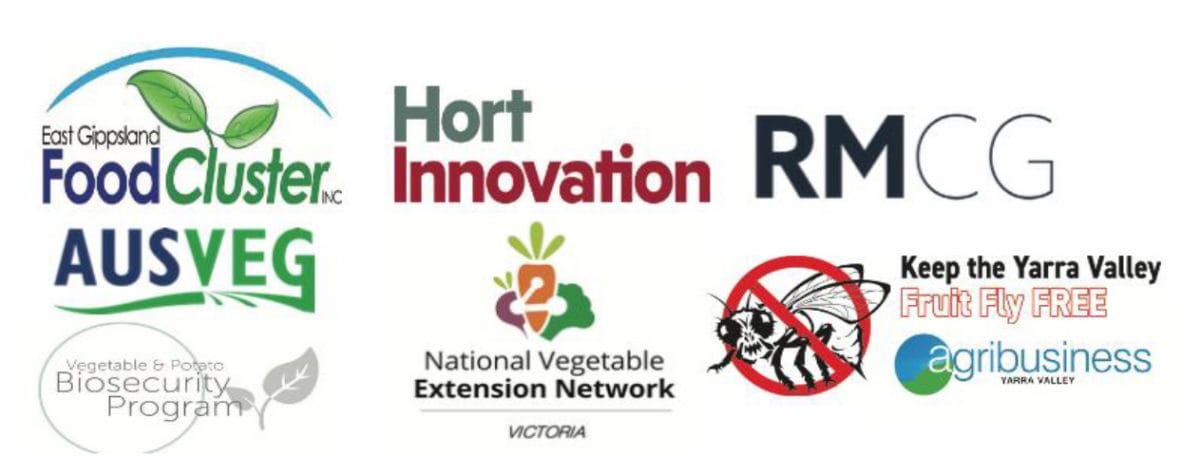
Forum Report
2 May 2018
Lardner Park
155 Burnt Store Road
Lardner VIC 3821
Overview
Participants representing a range of private and public entities attended a half-day event with the intention of building capacity in regional communities and linking agencies, industry, community groups and primary producers, principally vegetable growers. The objectives of the forum were to:
- Increase awareness of the plant biosecurity system
- Provide clarity about the role of local government in incursion response and preparedness
- Improve linkages between government agencies, industry and community groups.
The event, co-organised by East Gippsland Food Cluster, AUSVEG, Agribusiness Yarra Valley and RMCG, involved four key speakers before a break-out group discussion addressing the following question:
- What is needed to allow local communities to address the plant biosecurity challenges of the future?
This report summarises the presentations and overviews the work of the group discussions. The group outputs will be further development by the Organising Committee and participants following the event.
Background
The impetus for a forum to build capacity in plant biosecurity across regional communities in Gippsland, the Yarra Valley and the Outer South East of Melbourne came from a recommendation of the ‘Gippsland Women In Horticulture’ conference in November 2017. An Organising Committee was formed to design and stage the event ensuring representatives from all local governments authorities (LGA), State Government, horticultural producers and key stakeholders were invited. The Organising Committee membership appears below and a list of attendees is in Appendix 2.
Shayne Hyman
Industry Development Officer
VegNET Victoria Gippsland
Delivered by East Gippsland Food Cluster
Dr Jessica Lye
Manager Science & Extension
AUSVEG
Callum Fletcher
Biosecurity Coordinator
AUSVEG
Madeleine Quirk
Biosecurity Officer
AUSVEG
Bronwyn Koll
Queensland Fruit Fly Regional Coordinator Yarra Valley
Agribusiness Yarra Valley
Carl Larsen
Field Officer
VegNET Victoria South East, West, North
Delivered by RMCG
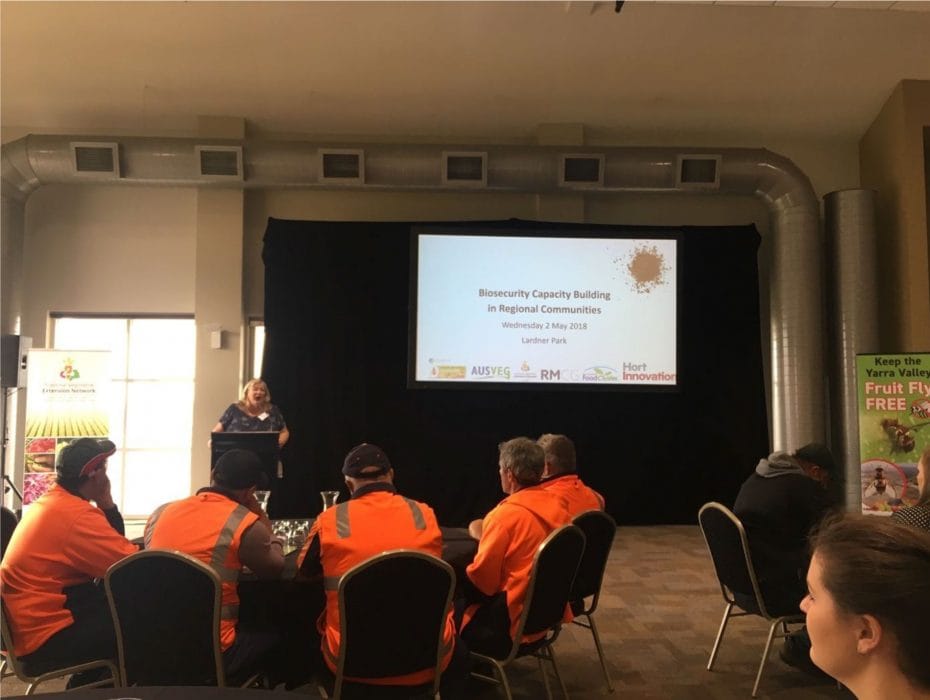
Presentations
The speakers included Dr Jessica Lye, Lavinia Zirnsak (Coordinator Biosecurity & Agricultural Services)from Department Economic Development Jobs Transport & Resources, Callum Fletcher, and Bronwyn Koll. Each speaker outlined their roles and responsibilities in regard to plant pest incursions, gave updates on relevant plant pests, and outlined the future and current state of biosecurity in regard to policy and planned actions.
The national vegetable industry biosecurity system – Jessica Lye
Jessica outlined the National Vegetable Industry Biosecurity System, providing in-depth information on the phases involved in the elimination and control of insect pests, the roles that government and industry play in each phase, and how the level of involvement is determined. The phases outlined were: prevention, eradication, containment, and management. In addition, Jessica presented current efforts being undertaken to help control, eradicate and prepare for the incursion of the Vegetable Leafminer. See the AUSVEG website for further information: HERE
Overview of State Government biosecurity approach and roles – Lavinia Zirnsak
Lavinia gave an overview of the Victorian Government’s response, approach, and roles in relation to biosecurity related threats. This centred on the Australian Emergency Plant Response Plan or PLANTPLAN, the nationally recognised response plan used to respond to the incursion of plant pests. The PLANTPLAN provides a nationally consistent set of guidelines on how to approach biosecurity related plant issues in Australia, and incorporates the best practice emergency plant pest responses. The PLANTPLAN is a part of the Emergency Plant Pest Response Deed (EPPRD), that covers management and funding responses to plant pest incursions. For further information on how the PLANTPLAN works, and other aspects of the EPPRD, see the Plant Health Australia website: HERE
Tomato Potato Psyllid: Update and overview of current situation – Callum Fletcher
Callum presented the level of response to the outbreak of the Tomato Potato Psyllid (TPP) in Western Australia, the status of quarantine areas in Perth as well as the current transition to management plan. See the AUSVEG website for further information on the TPP: HERE
Queensland Fruit Fly: Update and overview of current situation – Bronwyn Koll
Bronwyn delivered the current status of the Queensland Fruit Fly (QFF) in the Yarra Valley and outlined some of the tips, tricks and difficulties involved in engaging with the community and producers in the area. See the Agribusiness Yarra Valley website for further information on the Queensland fruit fly: HERE
Key messages from group discussions
Following the presentations, attendees, in groups, were asked to answer the question, ‘What is needed to allow local communities to address the plant biosecurity challenges of the future?’ There were a wide range of constructive responses from the different groups with most discussions revolving around themes of education, awareness and information. The plenary session on the needs of local communities to improve biosecurity preparedness in regional communities offered the following:
- Increase in community awareness (education through schools, service groups, garden clubs)
- Biosecurity officers in local government areas
- Information delivered by agronomists, suppliers, and/or at product point of sale
- Communication between growers
- Regionally based information (information packs that are area specific, or for new landholders outlining responsibilities)
- Increase in funding and resources
- Increase in consultant awareness
- Agriculture Victoria customer service or local hotline to report pests.
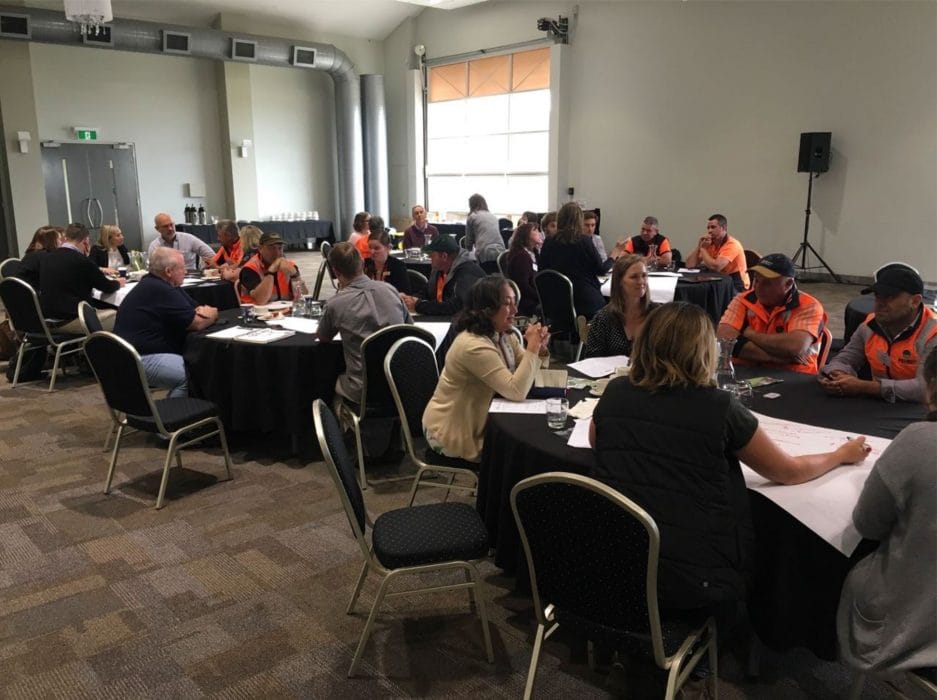
Several challenges in addressing regional biosecurity issues were identified in the group discussions. These challenges included reluctance to report a pest incursion, trust issues with government bodies, and industry fragmentation, particularly in horticulture. These three points were identified as being significant barriers to the development of biosecurity measures within regional communities. Community members look to community leadership (local government) for advice/guidance and there are widely varying levels of expertise, resources and services available at this level of government.
Forum evaluation results
Digital pre- and post-speaker polling was undertaken at the commencement and conclusion of the forum with 30 attendees participating. The results, presented in Appendix 5 show a significant rise in desired results across all three questions. Particularly significant for a capacity building event was that no-one (0%) left the forum not knowing what to expect or who to call during a plant pest crisis.
The overall feedback from participants provided valuable information to the Organising Committee on how the event was conducted, the level of knowledge gained and its relevance, and actions they intend to take as a result of attendance. A total of 23 responses were received.
In terms of relevance to their enterprise or work, respondents gave the event an average rating of 8 out of 10, with the majority of comments relating to the need for more time to be allocated to group discussions, greater representation from local councils, and an enhanced focus on regional issues.
Key messages listed by respondents were that preparedness and awareness were important in stopping/reducing the likelihood of biosecurity outbreaks and that biosecurity is an important local and national issue. The majority of respondents listed that they would be doing further research on the internet, seeking further information or training, and that they would be discussing issues with their consultants/clients.
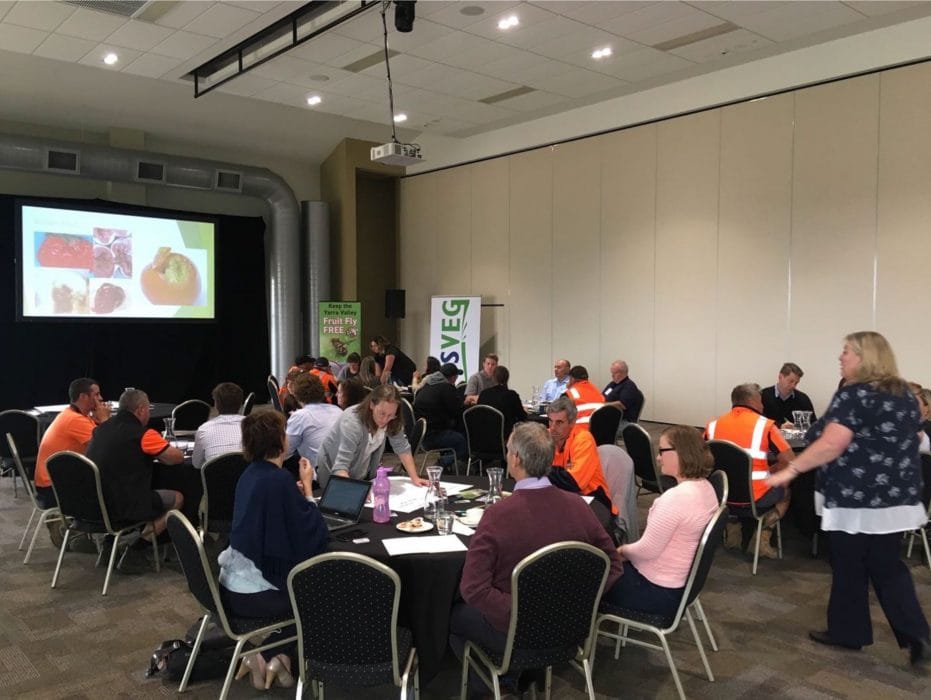
Next steps
The cross-sectoral Organising Committee hopes to continue to work with local government, industry bodies, and growers to help increase the awareness of biosecurity related issues and help facilitate new information as it emerges. Given what is at stake there is a significant level of interest in plant biosecurity and it is a priority issue for the horticulture industry. The forum agreed two recommendations to help further the development of biosecurity capacity building in regional communities.
- Seek funding to organise future events, engaging a broader reach of government, industry and relevant community groups and allow more time for participants to network and develop solutions for industry-related plant biosecurity problems faced at the regional community level.
- Enlist the support of local government authorities to provide information on a range of biosecurity matters, as well as assist in developing horticulture biosecurity information packs for industry and community particularly in relation to key contacts in the event of a plant pest sighting.
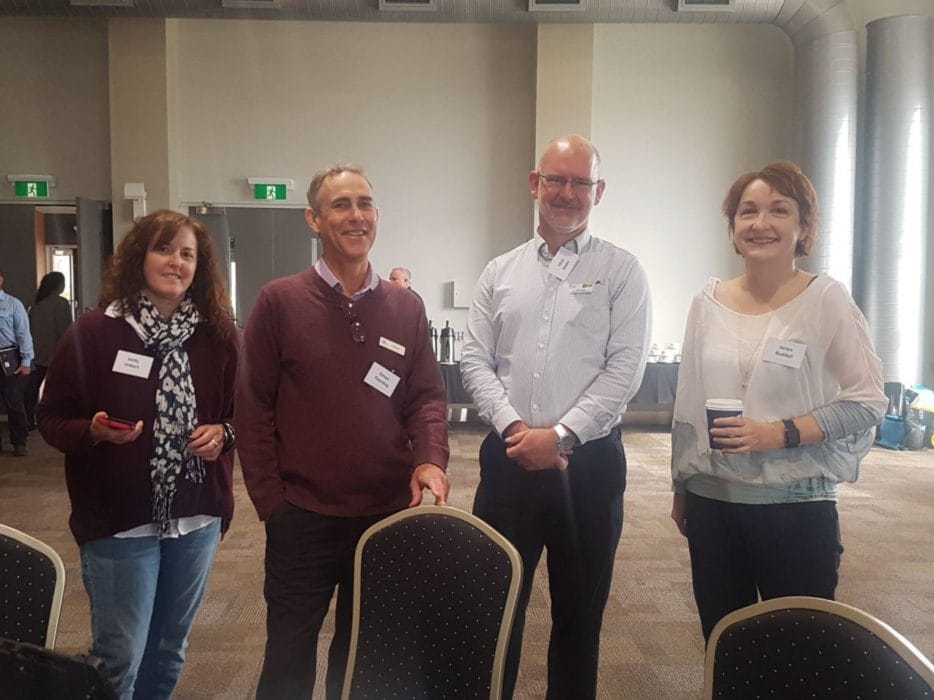
Appendix 1: Forum Agenda
Report Appendix 1
Appendix 2: List of Attendees
Report Appendix 2
Appendix 3: Discussion Group Summaries
GROUP 1: JESSICA LYE
- Awareness
- Community engagement through schools, clubs and community groups
- Comprehensive data on the pest, what it does, how it can be monitored
- Highlight impact on growers and the industry
- In-house learning
- Finances
- What can be written off on tax? R&D tax incentive?
- Cost shared sponsorship aid
- Take advantage of new agricultural investments (potentially in the form of partnerships)
- Regional biosecurity coordinators & a potential role for local government
GROUP 2: HUGH WARDLE
- Learning through the community/community awareness
- Linking with different biosecurity areas – using different biosecurity frameworks e.g. rabbit control
- Increased signage around sensitive areas to create awareness
- Information on different pest management plans provided through information packs
- Increased information provided through agronomists and industry bodies
- Increased awareness on knowing who to contact if there is an outbreak
- Knowing that there is the potential for compensation to farmers if exotic pests are found
GROUP 3: CALLUM FLETCHER
- Awareness from agronomists
- General education on plant pests
- Increased trust in government at all levels
- Communication between growers on biosecurity related matters
- Creation of local industry groups with the primary intention to educate and inform on a range of biosecurity related issues
- Shire Council level biosecurity officers
- Increased awareness of AgVic customer service centre & contact info (13 61 86)
GROUP 4: BRONWYN KOLL
- Education (multi-level)
- Storytelling, scare tactics
- Understand how it affects me, the community, and the level of social and economic impact
- Awareness
- Increase in information provided to producers about plant pests
- Connection to expertise through industry bodies and agronomists
GROUP 5: ANGELA ATKINSON
- Having someone in the local community to contact for both exotic and endemic horticultural pests of importance – a hotline.
- Preparedness and awareness
- Identify threats in your region
- Increase in available information through point of purchase and local media
Appendix 4: Resources (On display and for distribution)
DIY Biosecurity: Farm biosecurity action plan for the vegetable & potato industries, Plant Health Australia, AUSVEG, Horticulture Innovation Australia
Farm Biosecurity: Secure your farm against diseases, pests and weeds, Plant Health Australia
Have You Seen the Vegetable Leafminer? Cesar, DAWR, University of Melbourne, Plant Health Australia, AUSVEG, Horticulture Innovation Australia
Managing Queensland fruit fly in your home garden, 2017, DEDJTR – AgVic
On-farm clean-down facilities (Fact Sheet), Plant Health Australia & AUSVEG
The Emergency Plan Pest Response Deed (Fact Sheet), Plant Health Australia